
The significance of a car for a brand’s development can often only be properly assessed a few decades later. If it flops, it is not pursued further. If a model sells much better than expected, it is directly included in the plans for the next generation. A limited production car from Porsche’s recent past had an even greater impact within just a few years. We’re talking about the Porsche 911 R. Is the 500-hp, lightweight, manual-911 perhaps even the most significant Porsche 911 of the 21st century?
Hard to believe, but true: In 2013, the Porsche 991 GT3 was presented exclusively with a dual-clutch transmission (PDK). An outcry went through the fan world. After all, the GT3 had previously only ever been driven with a 6-speed manual transmission. What was the way forward for Porsche left the brand’s most loyal fans somewhat perplexed.
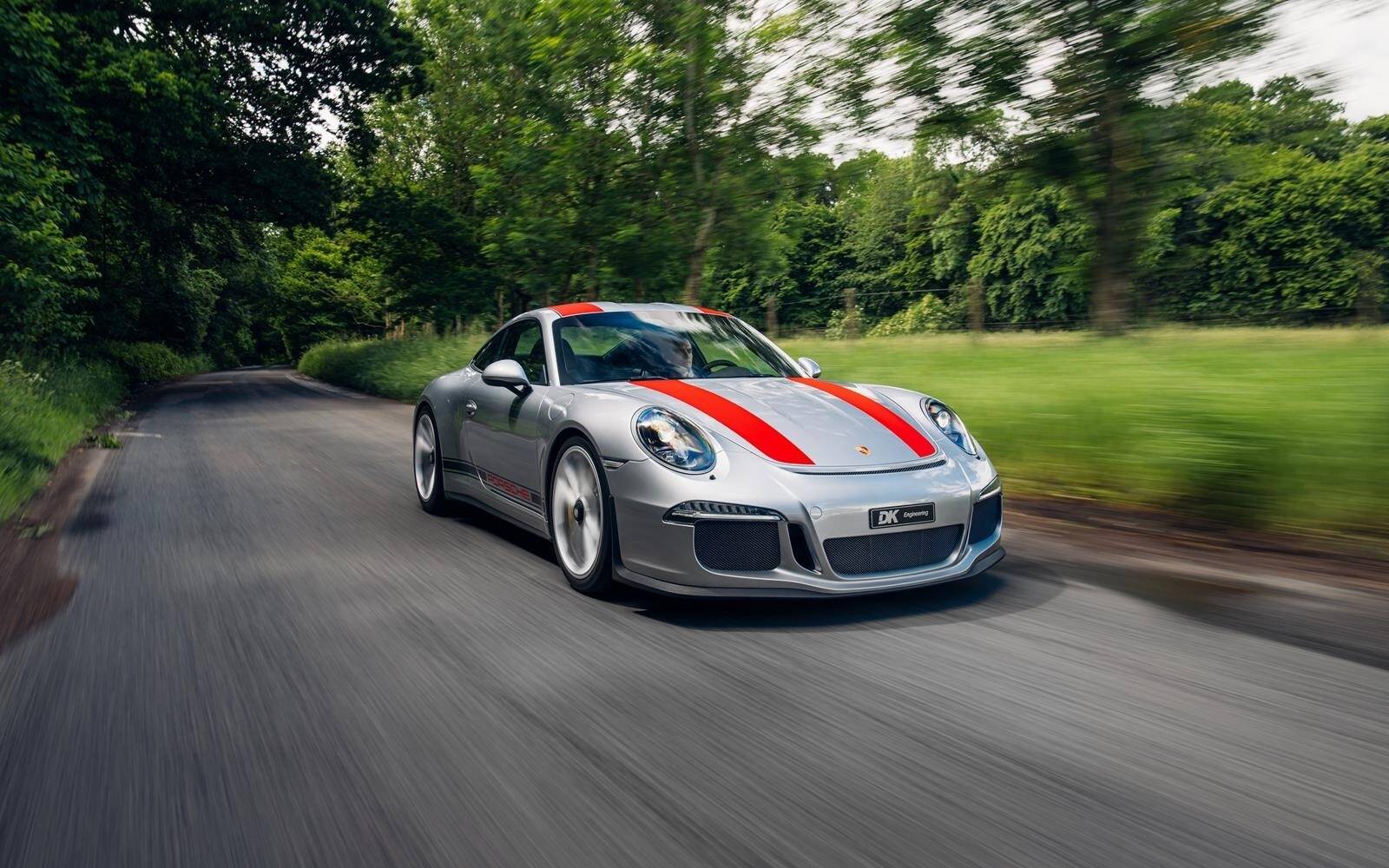


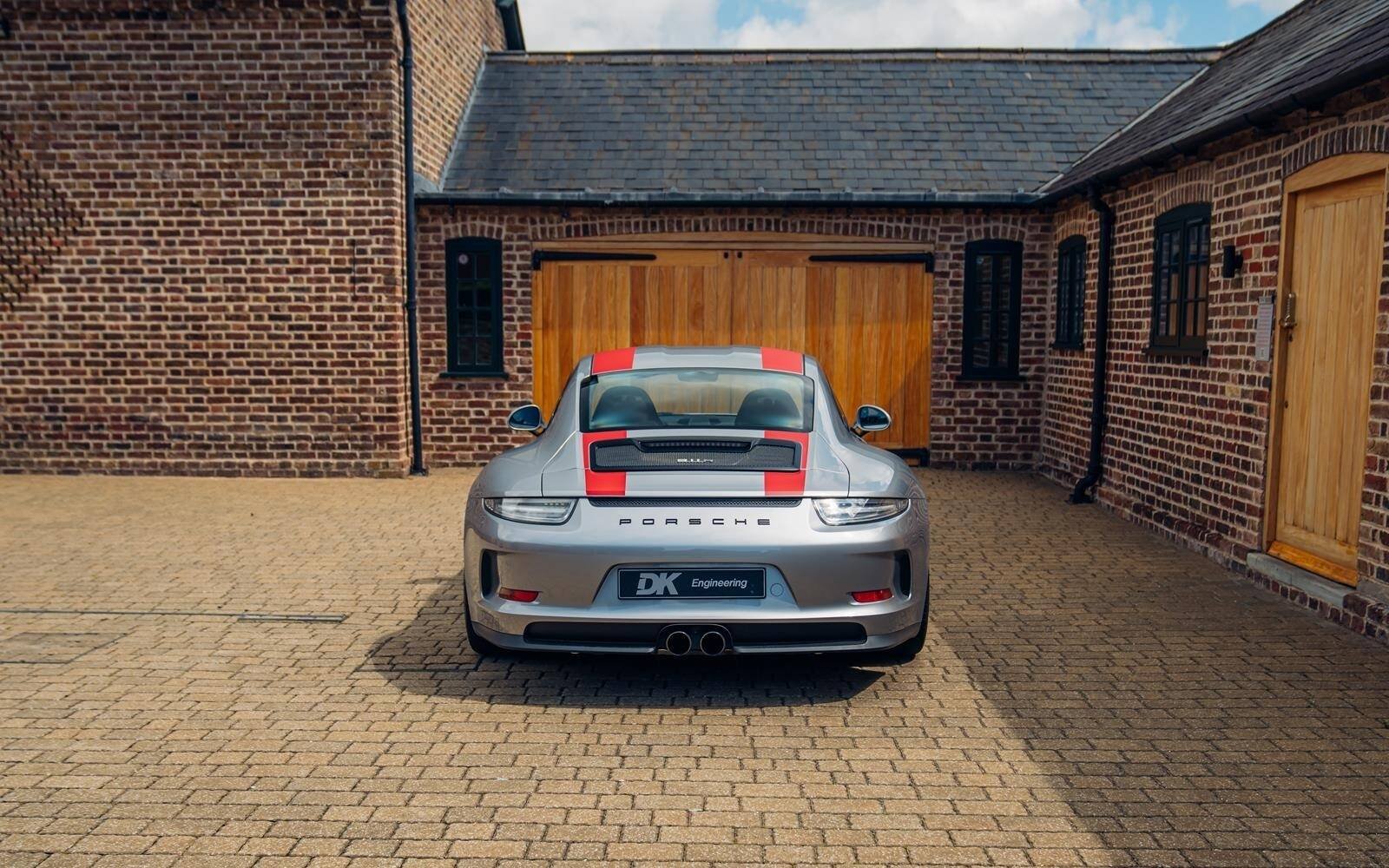
Porsche’s facelifted 911 with the internal code 991.2 was already on the market in 2016. Even the 991.2 GT3 was already at dealerships – again with three pedals if desired. But in summer of the same year, Porsche once again launched a model based on the first-generation 991 in the form of the 911 R. And this 911 R created a completely new genre of 911. It was based on the 991.1 GT3 RS, the sharpest scalpel in the GT department. It also shared the 500-hp six-cylinder boxer engine with four liters of displacement. However, it had a retractable rear spoiler instead of a rear wing and a six-speed manual transmission.
This combination was unusual from several points of view. Firstly, the 991 GT3 RS was not available with a manual transmission. Secondly, all 911 GT3s until then have always had a big rear wing. This was because the naturally aspirated sports cars developed in Weissach needed the aerodynamic aid for more downforce and faster lap times.
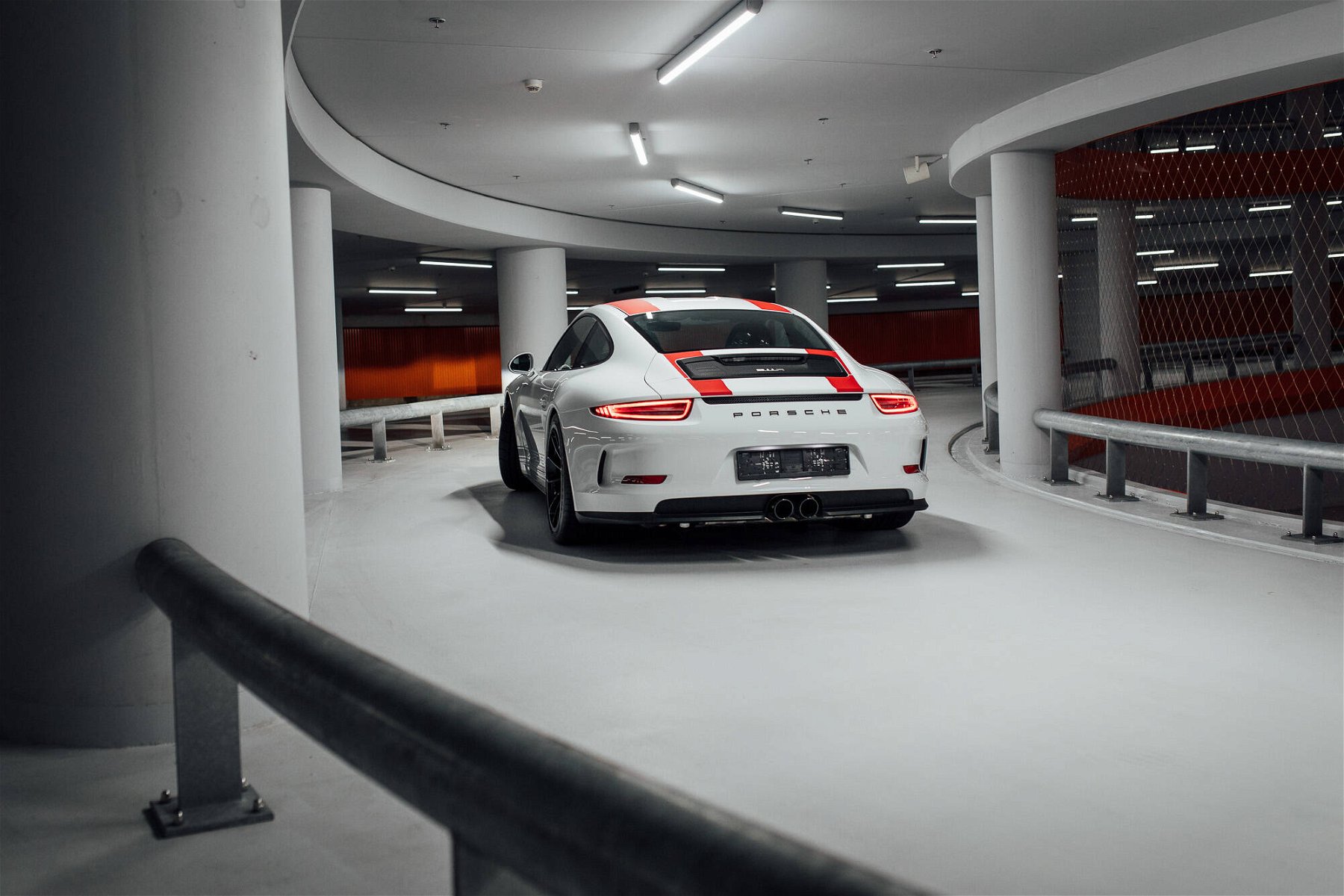

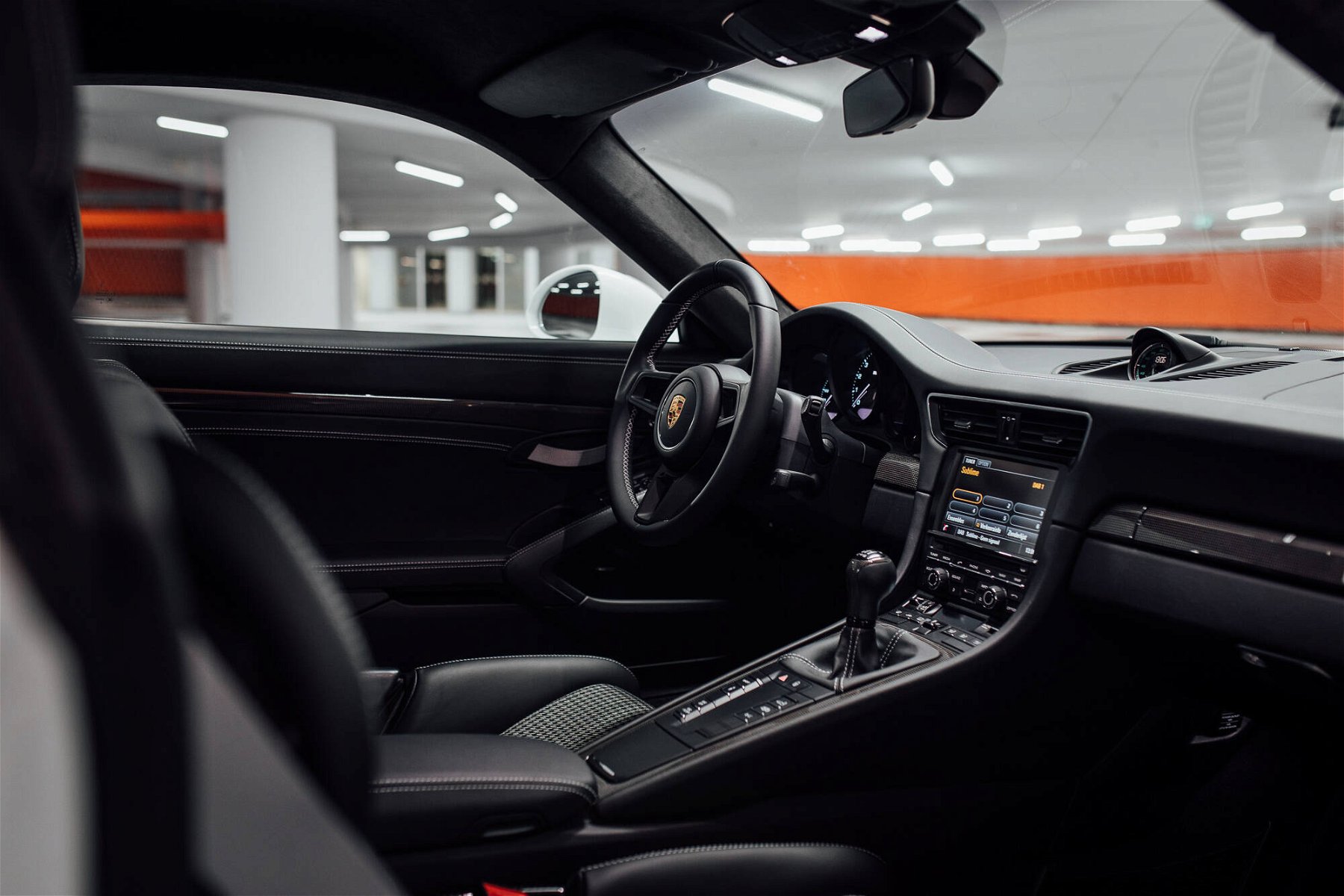
That’s exactly where the difference lay between the development godfather 991 GT3 RS and the new Porsche 911 R. Because lap times didn’t play too big a role in the 911 R development. The focus was solely on raw, analog driving pleasure. In retrospect, the Porsche 911 R heralded a paradigm shift that has since significantly changed Porsche’s model range.
At the time of the Porsche 911 R’s release, however, there was no sign that it anticipated new models with a similar character. On the contrary, the buzzword “last of its kind” went through the press world. Many journalists suspected that it might even be the last 911 with a naturally aspirated engine and manual transmission. After all, when the 911 R was presented, the facelift 991.2 Carrera models were only available with turbocharged engines.
These fears were expressed in the demand for the 911 R. While the base price for the R, which was limited to 991 units, was less than 150,000 USD, prices on the used market skyrocketed to new heights. It wasn’t long before the first Porsche 911 R was changing hands for half a million Dollars. Even advertisements for over one million Dollars appeared before the car was even delivered.
The developments surrounding the 911 R and, in particular, its stylization as an object of speculation caused Porsche to rethink. In 2017, the Stuttgart-based company presented a free optional extra for the Porsche 991.2 GT3 called the “Touring Package”. The 911 GT3 equipped with this package, popularly known as the 911 GT3 Touring, had a six-speed manual gearbox, the 4.0-liter engine with 500 hp and – like the Carrera models – an extendable spoiler. Sounds kind of familiar, doesn’t it? No wonder, because August Achleitner, the head of the 911 model series at the time, explained that this model was also created because Porsche wanted to counter speculators.
We did not expect this, let me say, crazy reaction concerning used car prices. Because some people are making only money with the car. We don’t like that.
Former 911 boss August Achleitner on flipping 911s for a profit
The Porsche 911 GT3 Touring also appeared as a reaction to the development of second-hand 911 R prices. © Porsche
Unlike the 911 R, the GT3 with Touring Package was not limited in production numbers. Although it did not offer the same technical refinements such as carbon fenders, a magnesium roof or the single-mass flywheel of the 911 R, its engine could rev up to 9,000 rpm. The 911 R did not reach this limit. Its transmission did not allow speeds above 8,500 rpm. The Touring is therefore forgiven for its 110 kilograms of extra weight.
The trick of the Touring package also opened up new groups of buyers for Porsche. With the 991 GT3 Touring, the GT department for the first time had a model on offer that was not recognizable as such from afar. To the layman, it looks like an ordinary Porsche 911 Carrera. So Porsche fans with a sense of understatement finally had the opportunity to drive to work in a Porsche 911 GT3 without fearing envy and whispers.
It is now impossible to imagine the 911 model range without the Touring, as it still is very popular among buyers of the successor, the Porsche 992 GT3. What’s more, prices for the 911 R actually plummeted at least a bit after GT3 Touring’s launch. So Porsche killed two birds with one stone. In addition, the decision-makers in Zuffenhausen summoned up the courage to build even more niche models in the future with a focus on driving pleasure rather than lap time. Without the success of the 911 R, developments such as the Cayman GT4 RS with a 911 GT3 engine and carbon intake instead of a rear side window, or the off-road 911 Dakar would probably have remained feasibility studies rather than production models.
However, the Porsche 911 GT3’s increased popularity has brought its own problems. Although the spearhead of the naturally aspirated 911s can still be ordered regularly as a new car, the waiting list is very long – if you get an allocation at all. That’s why Porsche 992 GT3 Touring are once again being traded above list price. There is no telling whether the situation will ease in the near future.
But Porsche didn’t just supplement the 911 product range with the experience gained with the 911 R. Instead, Porsche introduced comprehensive changes in sales, such as the now infamous six-month clause. This meant that new car buyers made a commitment to the brand not to resell the vehicle in question before the six-month holding period had expired. Porsche’s goals in doing so: They wanted more enthusiasts than speculators among its clientele. The cars should be driven instead of “flipped.”
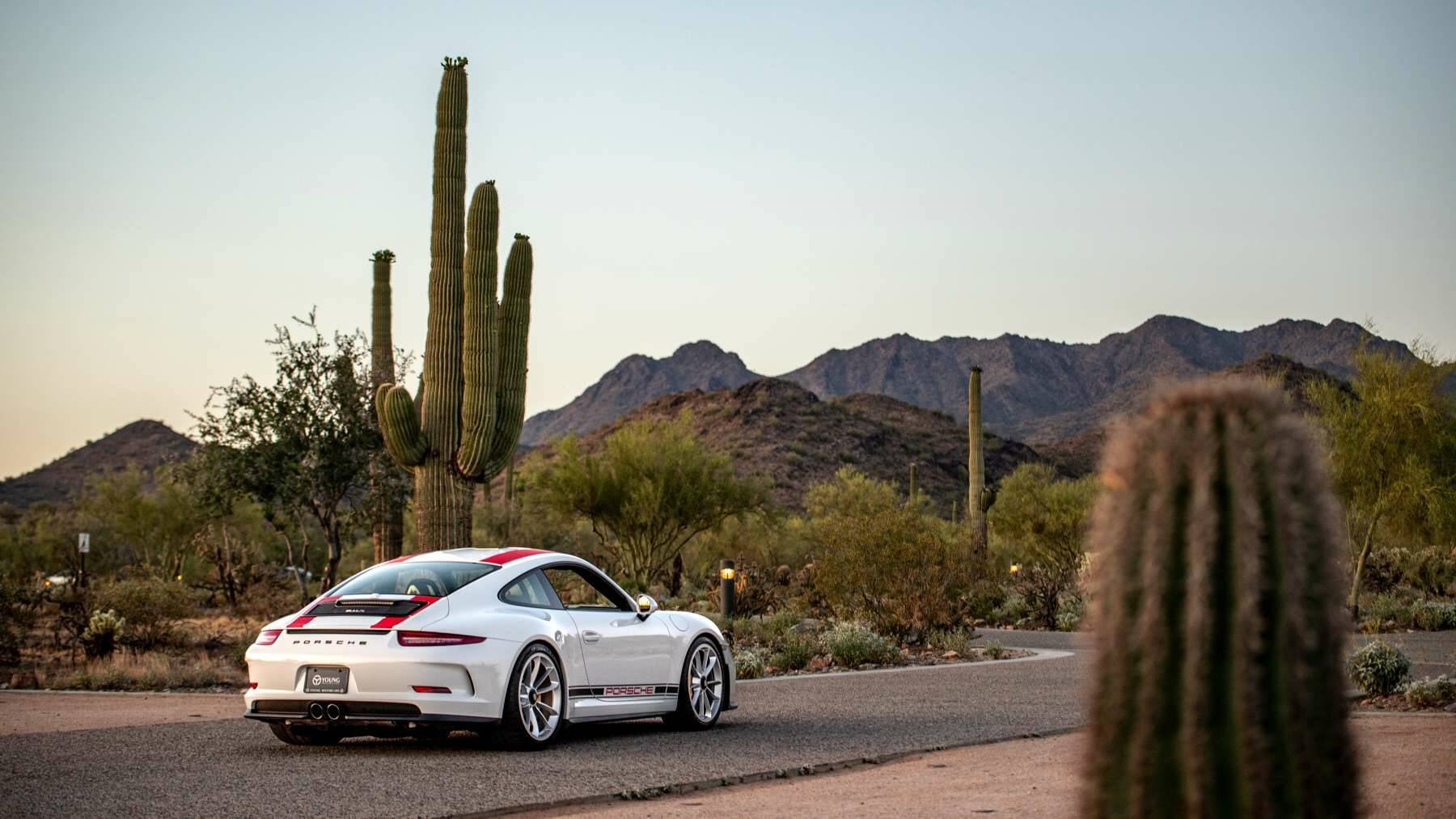
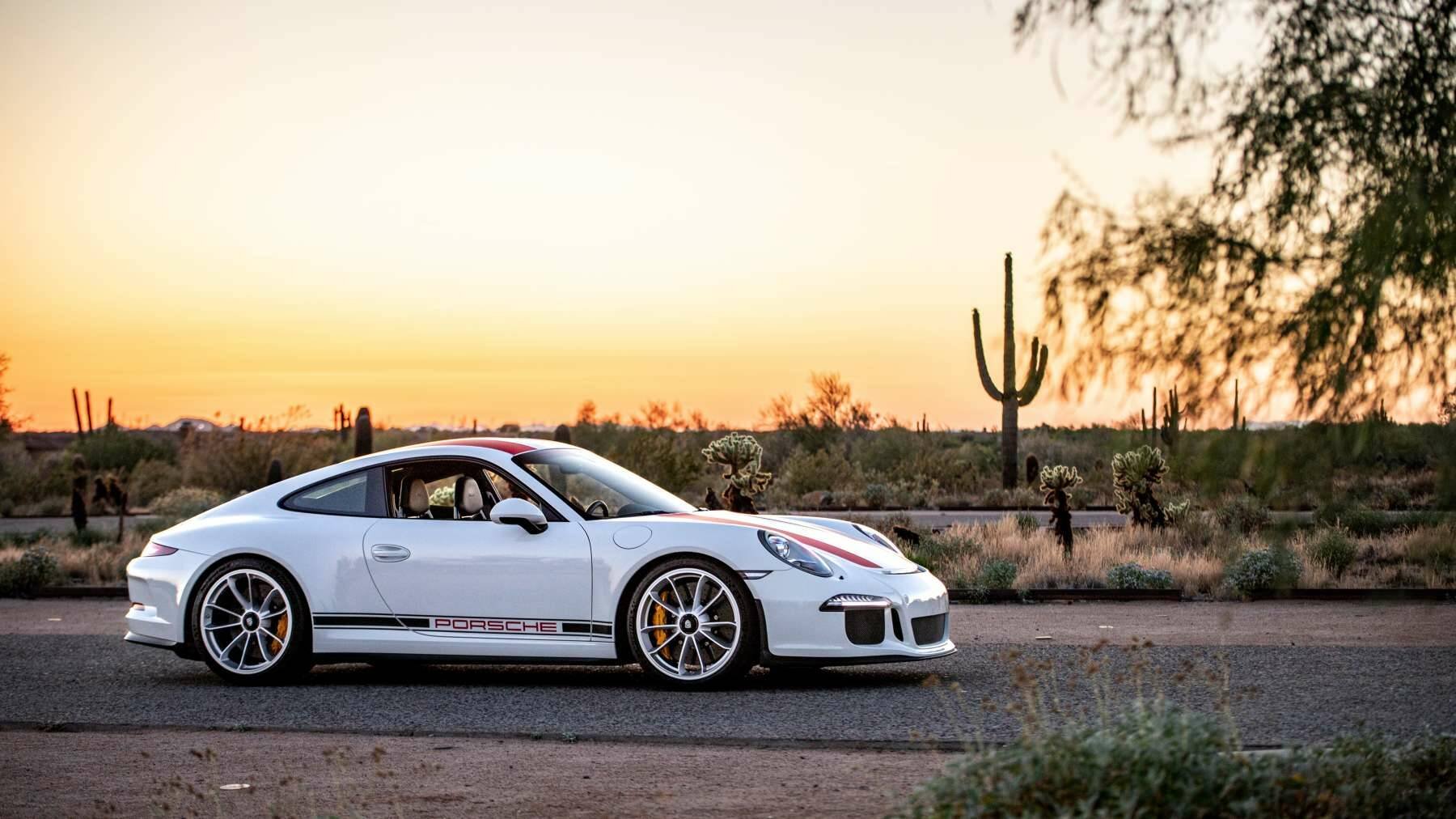
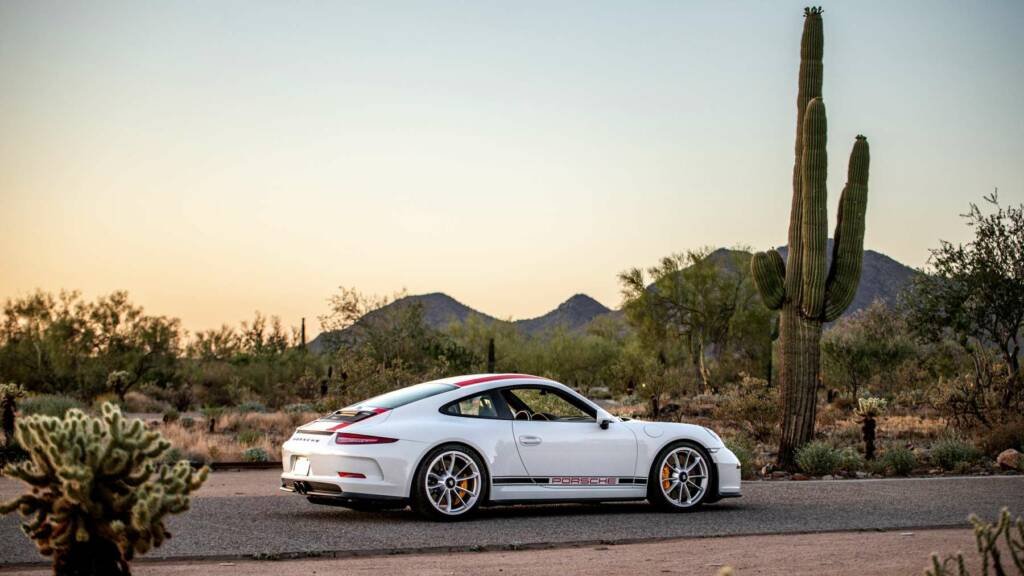
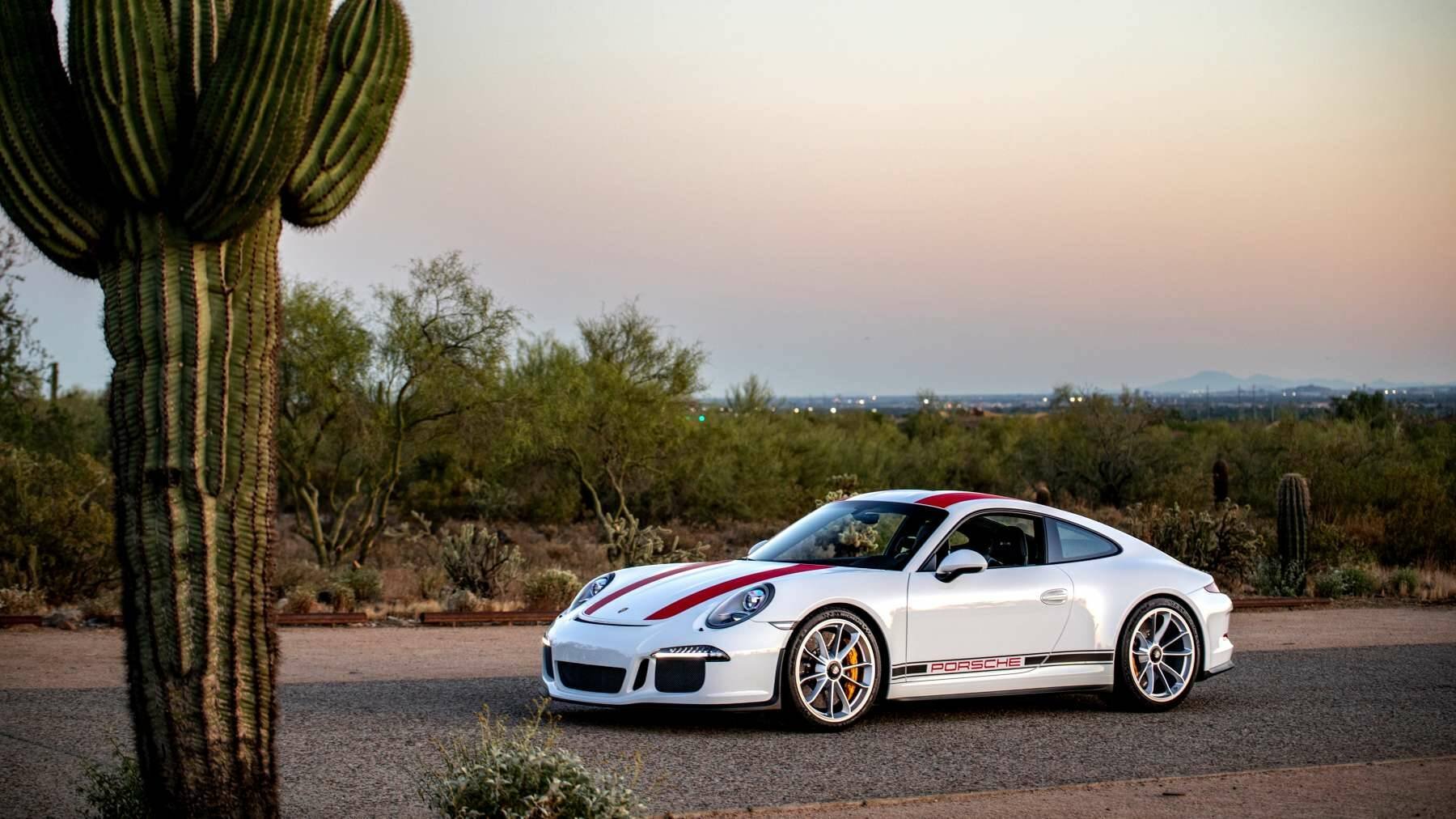
In the case of the recently launched Porsche 911 S/T, they even went one step further. Initially, it will not be possible to buy one of the 1,963 units at all. Instead, Porsche is only offering the option of leasing for at least one year. Only after this contract has expired will it be possible to buy the vehicle. This is intended to further curb speculation with vehicles from Zuffenhausen.
So in the end, everything turned out differently. The Porsche 911 R was not the last of its kind. On the contrary. It led to Porsche building even more models for enthusiasts today than it did in the mid-2010s. And they have become bolder in Zuffenhausen. Their Porsche 911 Dakar, the Cayman GT4 RS, and the 911 S/T, for example, are proof of that.
They all show that, despite all the impending regulatory necessities, the internal combustion engine still forms the backbone of the Porsche brand. And they also show that Porsche builds cars for enthusiasts who want to experience real adventures with their cars instead of just wanting to generate returns.
It took courage to take these steps. Because while there are certainly many among the advocates who would never buy a new Porsche, Porsche has thrown many solvent customers under the bus by doing so. But one thing is certain: Without the Porsche 911 R, these changes would never have happened.
© title image: Young Motorcars
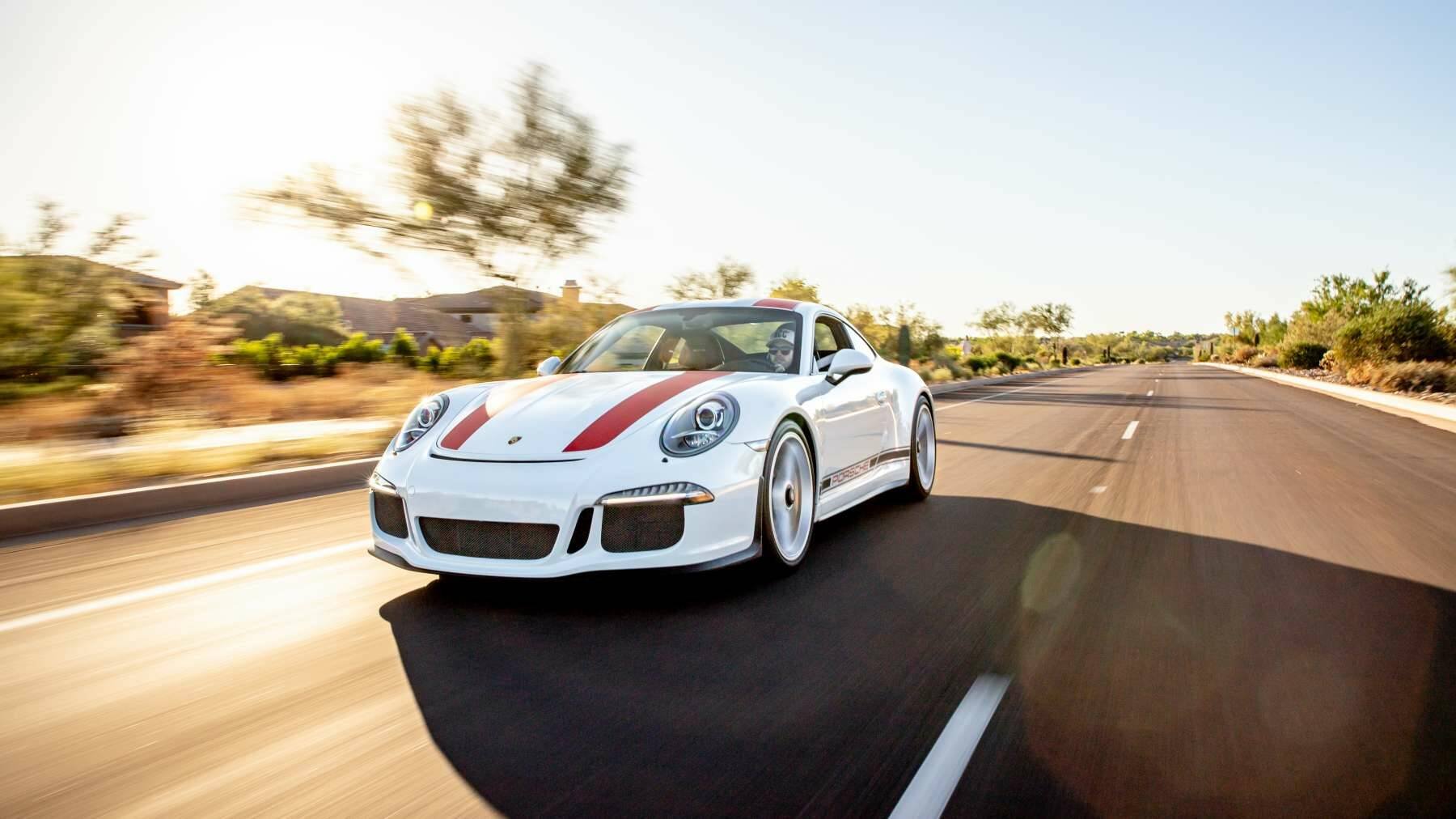
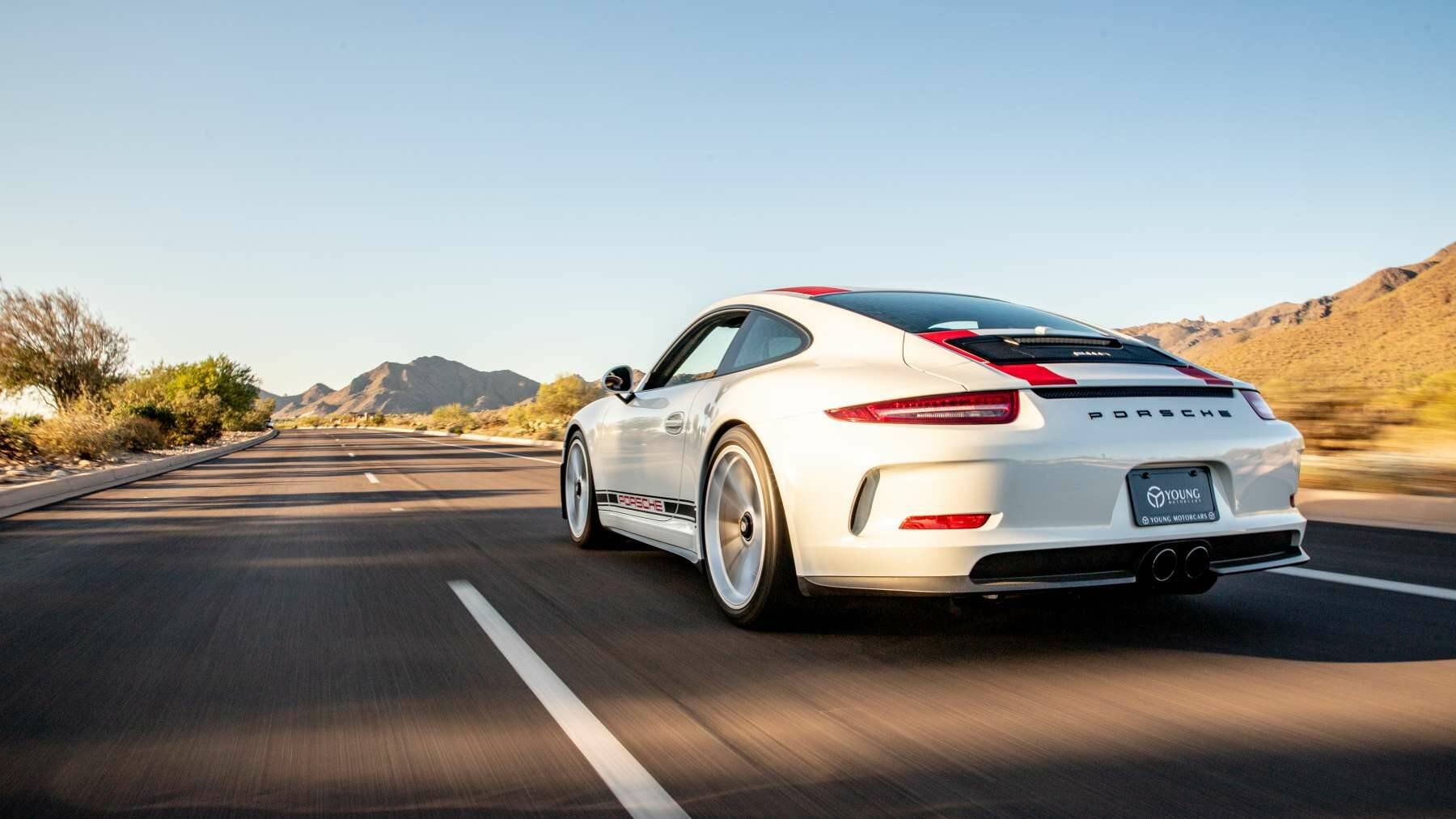
Elferspot magazine